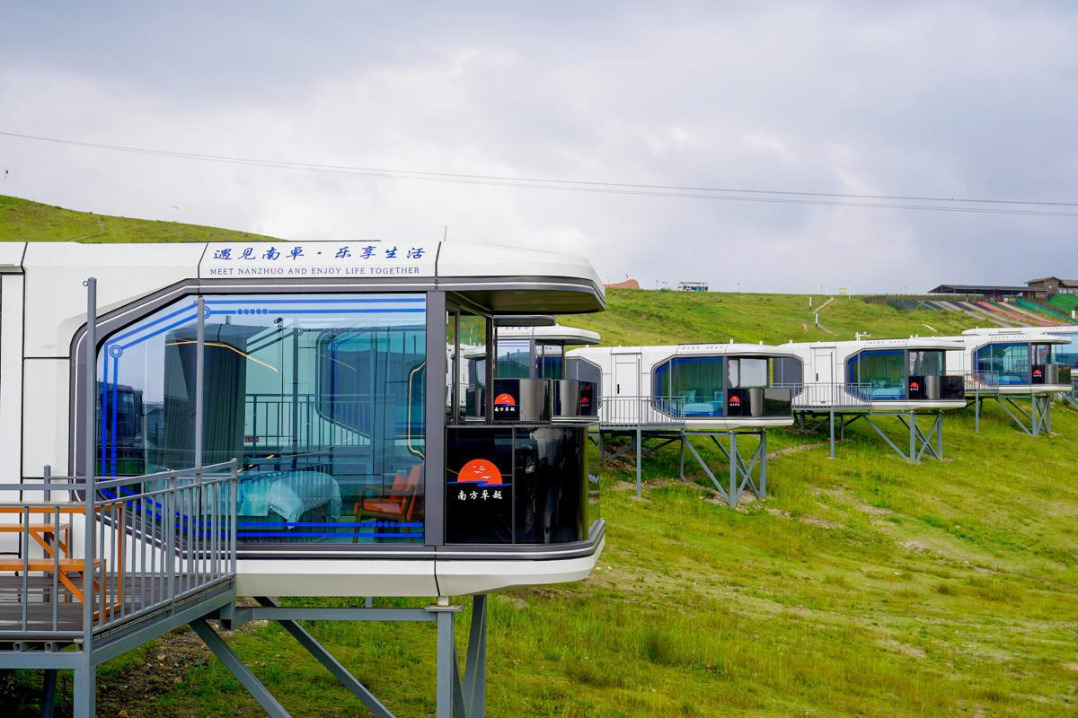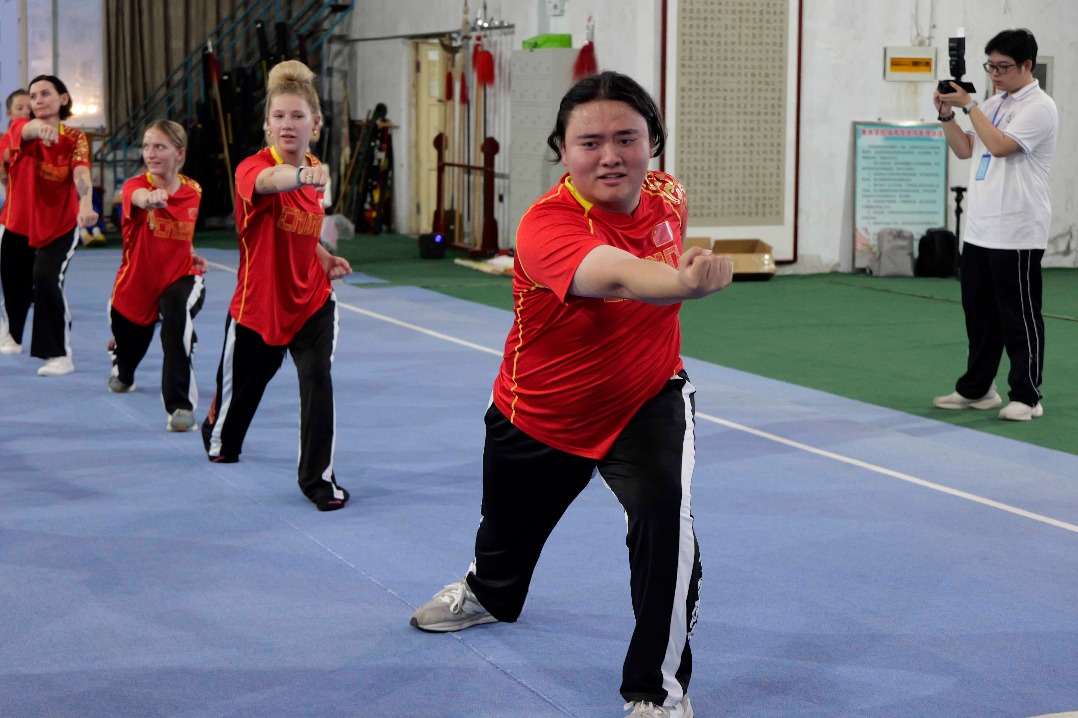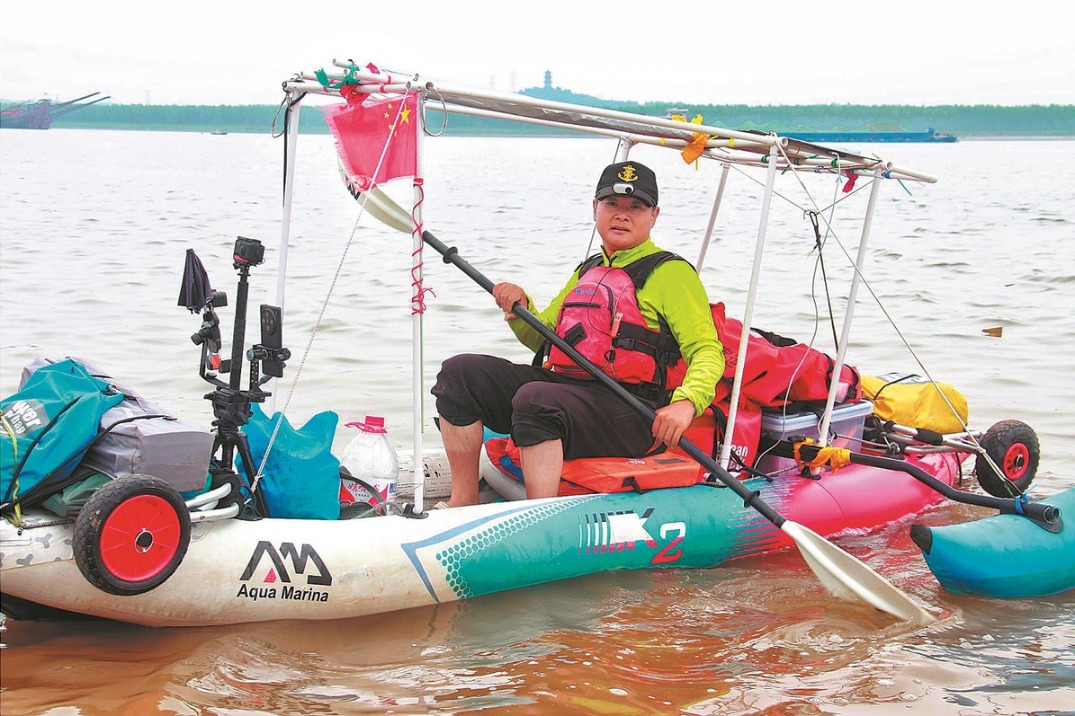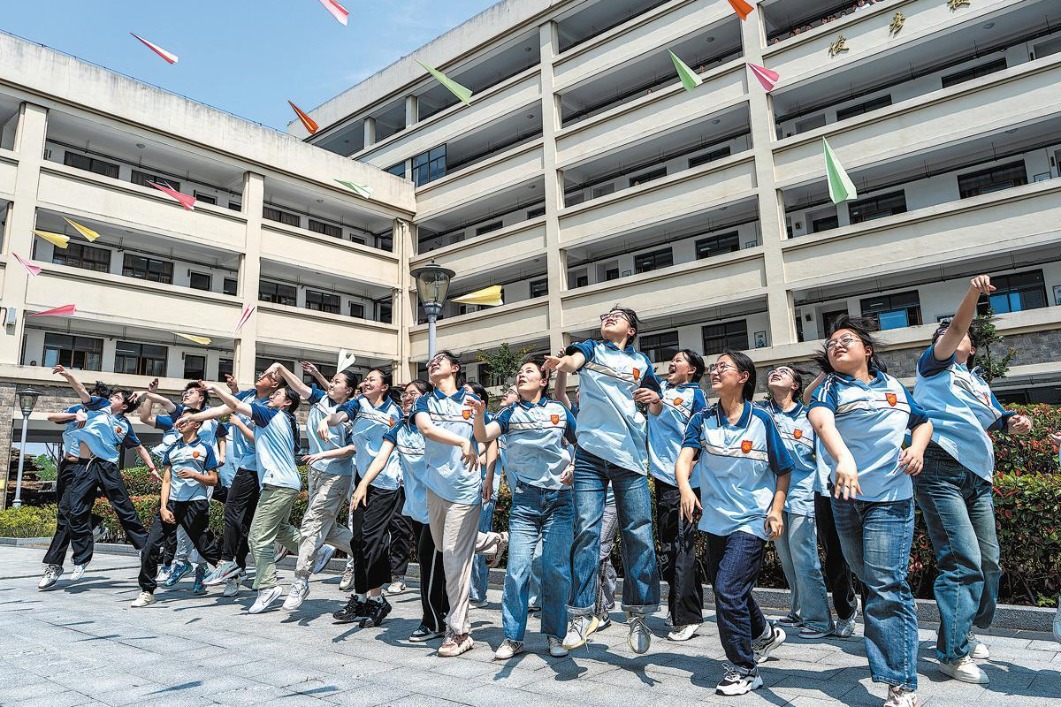China developing reusable space rocket

BEIJING - China aims to recover the first stage of the Long March-8 carrier rocket, which is still under development and is expected to make its maiden flight around 2021, according to a Chinese rocket expert.
It was part of China's endeavors to develop reusable space vehicles, Long Lehao, chief designer of carrier rockets at the China Academy of Launch Vehicle Technology, told a space conference in Harbin, capital of Northeast China's Heilongjiang province.
The Long March-8 rocket will have two stages and two boosters: the first stage and boosters are expected to be retrieved through vertical landing, said Long, who is also an academician of the Chinese Academy of Engineering.
If successful, the new rocket would provide commercial launch services to customers around the globe, Long said.
"China's aerospace industry is making efforts to develop low-cost vehicles that can enter space rapidly to support future large-scale space exploration and promote a commercial space industry," Long said.
Bao Weimin, director of the Science and Technology Commission of the China Aerospace Science and Technology Corporation and an academician of the Chinese Academy of Sciences, said China's reusable carrier vehicle will use technologies different from those of U.S. commercial space firm SpaceX.
"As the current Long March 2, 3, 4 series rockets are fueled by toxic propellants, they cannot be recycled. But we are developing technologies to precisely control the fall of the rocket remains to ensure safety," Long said.
That effort is important as residents in possible landing areas have to be evacuated at every launch. As China's aerospace activities become more frequent, with 36 launches planned this year, precise control of falling rocket remains could save a lot of trouble.
Long also introduced the development roadmap for China's space transportation system.
Around 2025, reusable suborbital carriers will be successfully developed and suborbital space travel will be realized. Around 2030, rockets with two reusable stages will be developed. Around 2035, carrier rockets will be completely reusable which could realize the dream of space travel for ordinary people.
A future generation of carrier rockets will be put into use around 2040 and hybrid-power reusable carriers will be developed. Space vehicles will be more diverse, intelligent, reliable, low-cost, efficient and convenient.
"Those targets are not easy to achieve, and lots of technological difficulties must be solved," Long said.
- Researchers launch clinical trial for invasive brain-computer interface
- Kazakh youths embrace e-commerce
- China steps up preparations for Typhoon Wutip
- Exhibition highlights Yangtze River's influence on Chinese civilization
- China launches nationwide crackdown on misconduct in medical sector
- Blood donation rate rises, shortages remain





































